This is it; I’ve done it. I’ve completed all my childhood Mario Party Games. Mario Party 7 was the second to last Mario Party I ever received as a young adult. With it being the final one in the GameCube series, I consider it to be the last one of my childhood. It featured microphone games that I never played, a formulaic party mode that I rarely played, and a story mode so boring I couldn’t finish. This generation of console games started off rough, the question is though, did it end on a high note?
Mario Party 7 is very similar to 6. It has most of the mechanics and features that 6 had, barring the removal of the Day ‘N’ Night feature. The game tries to expand its core gameplay by featuring unique boards like how 6 did. They succeeded in interesting concepts, but the results were the same. The game looks better on paper than it does in practice.
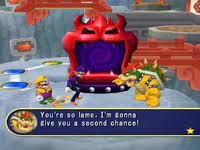
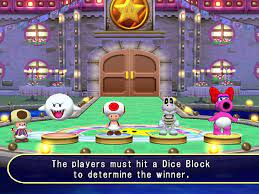
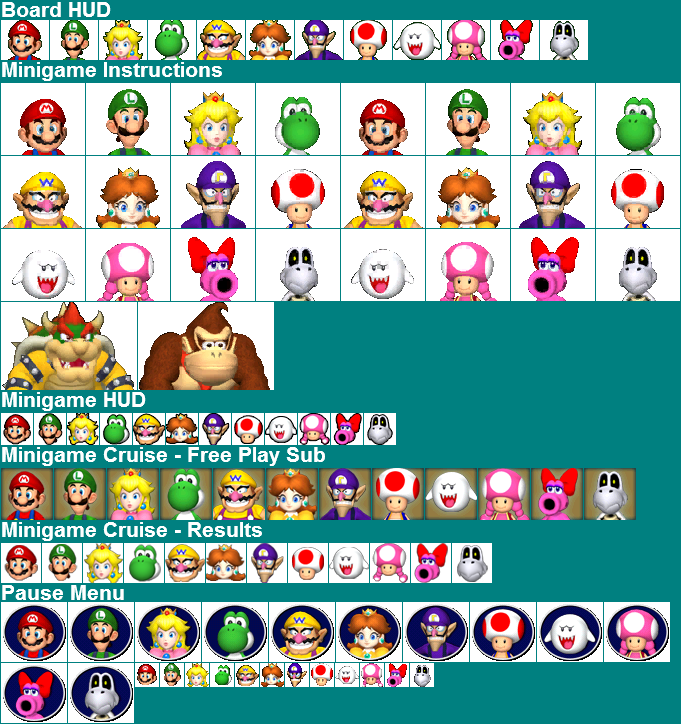
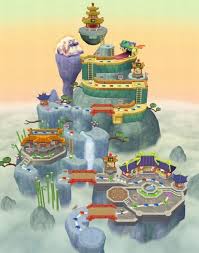
Pagoda Peak is a classic board. It’s probably one of the best in the entire series, not just in the ‘Cube games. The music is soothing, the atmosphere is there, and it has charm, unlike the vast majority of boards. My only complaint is that the board isn’t very competitive. Despite its amazing features, it still falls into the category of being decided on chance. Once you get to the top of the mountain, you’ll be able to purchase a star. The issue is that the price can be randomized, making it never a guarantee that you’ll be able to make the most optimal play. You can also fall off the mountain and other wacky shenanigans, mostly by indirect luck. I understand that luck is a necessity in Mario Party, but these games sure know how to take an already random game and add more chance factors to it. Making much of what you experience, a complete luck of the draw.
I talk about luck being a drawback to Mario Party all the time, but I promise that I understand its importance. The difference between competitive and complete bullshit, however, is how much control players have over their environment to circumvent that luck. Let’s look at Neon Heights, which is also one of the best boards in all of Mario Party, to prove my point.
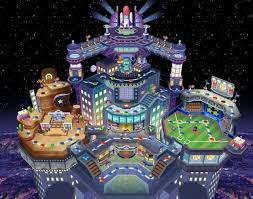
3 chests are scattered around a lively night life town. One chest has a Star, another coins, and the last one has a bomb. Players know this straight from the start. They know that there’s a 1/3 chance of getting a Star. That’s already luck dependent, but you can map out the best ways to reach multiple chests quicker, giving you a higher chance of winning the game. There are some luck factors that will prevent you from having enough coins to buy a chest or rolling enough spaces to get to them before your opponents but that’s the bare minimum luck compared to other boards. What usually happens with these games is that they’ll add another layer of luck to it by introducing a space that will change the prices of the chests or hide the chests in a place that’s hard to get to, or if you got the bomb for instance, it would steal a Star from you. Something that’s unnecessary and only makes the game more unpredictable than it already is.
Despite having two of the best boards in the entire franchise, Mario Party 7 features a few stinkers. Pyramid Park and Windmillville are two of the most boring boards ever. With Pyramid Park, you’ll pay to roll a dice to see if you can run over your opponents, thus taking a star from them. You don’t buy stars in the traditional sense. It makes the party a never-ending game of who can roll the highest numbers. Very boring and brain dead. Windmillville is like Monopoly. You buy windmills, and the better the location, the more Stars they’re worth. Doesn’t sound too bad but the main issue arises when Bowser can destroy a windmill making you lose all your investment. You’re winning the game with hard earned coins invested, and boom, Bowser levels it into nothing. Whoever avoids Bowser (luck), usually wins.
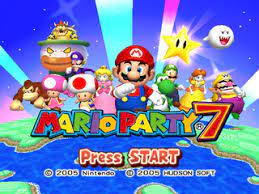
Microphone games were a terrible marketing strategy. The game was shipped with a cheap microphone to play minigames with. Even though I don’t have it now, it still features on the boards. Waste of time and resources in my opinion. The game also features random Bonus Stars for the first time. Instead of knowing what Bonus Stars you’re playing for during the game, MP7 decides its best to leave it up to chance. There are like 7 or 8 different criteria so good luck playing for all of them (you can’t). Thus, making the game an even more random rendition than Mario Party 6 was. There are a few new items but really, they don’t add much to the experience. It’s not like I’m going to play this game just for the new Cannon Orb.
For the most part, MP7 is very similar to MP6, having 2 of the best boards in the series but an even lesser control over your existence. It also doesn’t feature Chance Time, the one exception to the luck ‘being bad’ rule. Without chance time, traditional boards, Boo, the overuse of items, and the removal of traditional Bonus Stars, MP7 lost any connection it had to the original concept. Signaling the end of my love of Mario Party and the formulation of the terrible Mario Party years to come. Despite my feelings on it, if you play Pagoda Peak and Neon Heights, you’ll have a solid time. There’s an argument to be made that it’s the best GameCube party just because of those two boards. Not the worst game, but not what I would consider a good one either.


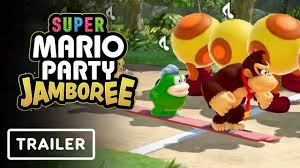
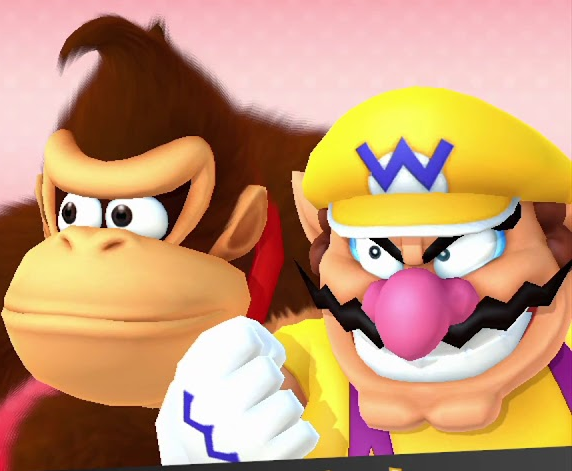


Leave a comment